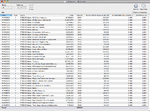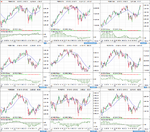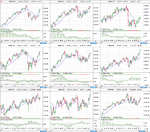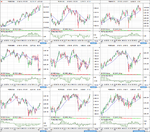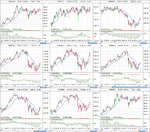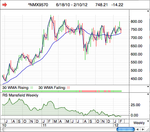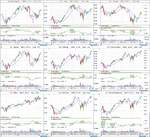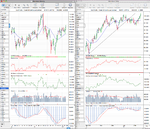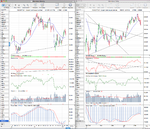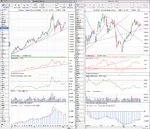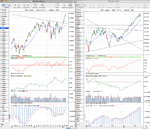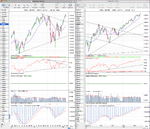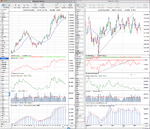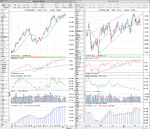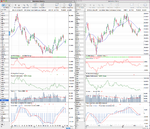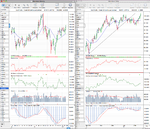isatrader, over the last week or so I have been using pro real time to analyse uk stocks as you suggested, and it is making a lot more sense now and i feel a lot more confident in being able to pick some good winners. however, my question in relation to uk stocks, is do you think that volume confirmation is as important as it would be for us stocks? the reason i ask this, is looking back on some of the charts, ones that have had a 400%+ gain in little over a year, did not have any significant increase in volume. now obviously, i would say that if the volume confirmation is there, then thats even better, but do you think when dealing with uk stocks, it would still be ok to buy without that confirmation or is that a no no?

